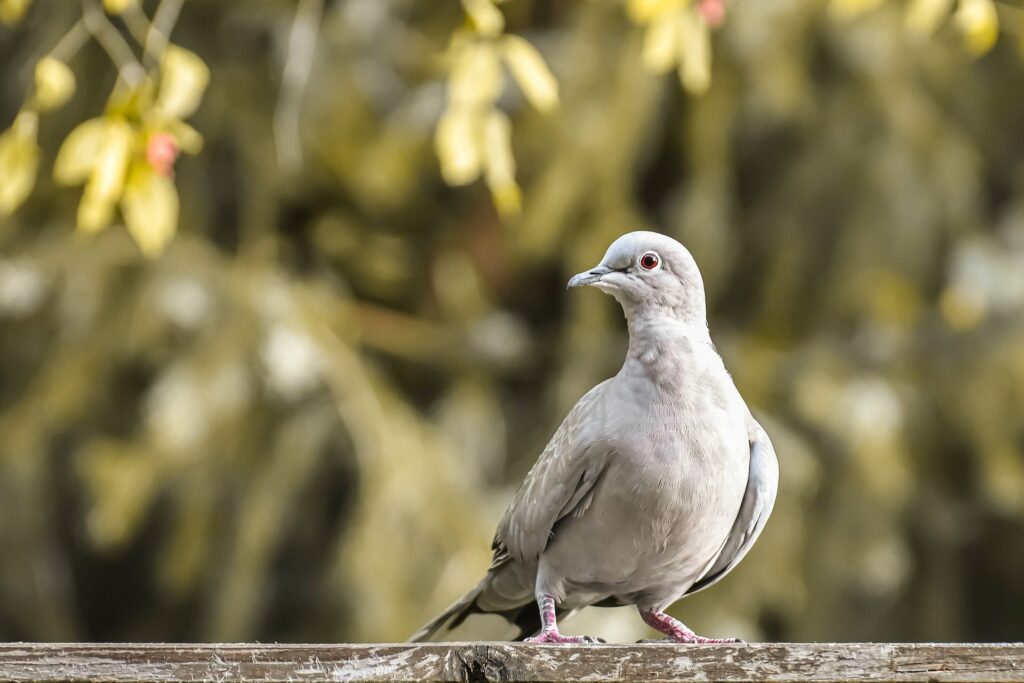Pollution regulations in the U.S. are helping people and birds both, a new study reports. The findings showcase how federal measures meant to reduce ozone pollution likely prevented around 1.5 billion bird deaths over the past 40 years, roughly one-fifth of the US’ current bird population.

Keeping our environment clean and tidy benefits everybody quite literally. The effects of pollution on public health have been investigated in the past, but it also affects wildlife. The current study comes to flesh out our understanding of its effects on the general health of bird species.
In this together
“Our research shows that the benefits of environmental regulation have likely been underestimated,” says Ivan Rudik, a lead author and Ruth and William Morgan Assistant Professor at Cornell’s Dyson School of Applied Economics and Management.
“Reducing pollution has positive impacts in unexpected places and provides an additional policy lever for conservation efforts.”
The study was conducted by scientists at Cornell University and the University of Oregon. They based their research on a series of models from the Cornell Lab of Ornithology’s eBird program, which they ran alongside ground-level pollution data, to track monthly changes in bird abundance, air quality, and regulation status for 3,214 U.S. counties over a span of 15 years.
The researchers then analyzed how these trends were impacted by the NOx (nitrogen oxide) Budget Trading Program, an initiative of the U.S. Environmental Protection Agency meant to limit summertime ozone emissions from large industrial sources.
Ozone is a gas that occurs in nature and is also produced by human activities, including by power plants and cars. It can be good or bad. A layer of ozone in the upper atmosphere protects the Earth from the harmful ultraviolet rays of the sun. But ground-level ozone is hazardous and is the main pollutant in smog.
The results show that ozone pollution is most damaging to small migratory birds including sparrows, warblers, and finches; these make up around 86% of all land bird species in North America, the team explains. Ozone damages these animals’ respiratory tracts and harms their food sources.
“Not only can ozone cause direct physical damage to birds, but it also can compromise plant health and reduce numbers of the insects that birds consume,” explains study author Amanda Rodewald, Garvin Professor at the Cornell Department of Natural Resources and the Environment and Director of the Center for Avian Population Studies at the Cornell Lab of Ornithology.
“Not surprisingly, birds that cannot access high-quality habitat or food resources are less likely to survive or reproduce successfully. The good news here is that environmental policies intended to protect human health return important benefits for birds too.
Previous research has found that bird populations in North America have shrunk by roughly 3 billion individuals since 1970. However, without regulations such as the Clean Air Act, the team estimates that we could have seen some 1.5 billion more bird deaths over the same timeline. The study brings forth the “first large-scale evidence” that ozone pollution can lead to wildlife mortality, and that measures implemented to protect humans from air pollution can also bring significant benefits to birds.
“Regulations intended to save human lives also bring significant conservation benefits to birds,” says Catherine Kling, Tisch University Professor at the Cornell Dyson School of Applied Economics and Management and Faculty Director at Cornell’s Atkinson Center for Sustainability. “This work contributes to our ever increasing understanding of the connectedness of environmental health and human health.”
The paper “Conservation Co-Benefits from Air Pollution Regulation: Evidence from Birds” has been published in the journal The Proceedings of the National Academy of Sciences.









